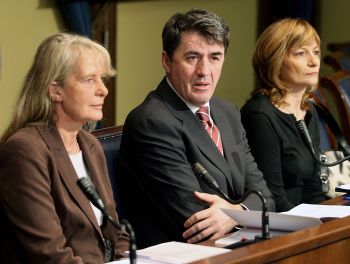- Serbia
Get to know Serbia
- Citizens
Culture and science
Health services
Pension and disability insurance
- Business
Employment
Economy
- Media
- Government
- Contact
Keep in touch
Contact form
Back
Keepin touch
Whether you have a question, comment, suggestion or any problem in the purview of the government, send us your message and we will try to respond as soon as possible. If your problem is not in our purview, we will forward your message to the relevant institution.
Q:
A:
This year Serbian students score higher at PISA tests
Belgrade,
7 December 2010
Minister of Education Zarko Obradovic stated today that the latest results of tests of the Programme for International Student Assessment (PISA) showed that when compared to 2006, Serbian students have made progress of around 40 points in terms of reading competency and by seven points in mathematics and in science.
Obradovic told a press conference that this shows us where to put emphasis in the future, noting that without increasing investment in education we cannot expect better results.
The Minister said he is pleased with the current results of the PISA test, adding his hopes that at the next test in 2012 Serbian students will have even better scores.
State Secretary of Education Tinde Kovac-Cerovic said that the results are better than those in 2006, which means that the entire education system has improved.
She voiced her pleasure at the fact that the greatest progress has been made in reading competency, as this is the key to improvement in other areas.
National Coordinator for the PISA Programme Dragica Pavlovic-Babic specified that Serbian students scored 442 points, which is less than the average figure of 500 points on the standardised scale.
Around 5,000 Serbian students took part in a research conducted in April and May 2009, she added.
The best results have been achieved in reading competency, where the number of functionally insufficiently competent students has been reduced by 19%, while in mathematics and science it has been reduced by 2–3%.
However, the overall results in these three areas are still by 50 points lower than in OECD countries, but this can be explained by the fact that average Serbian students are one year behind students from OECD in terms of their curriculums.
When it comes to competency in reading, Serbian girls outdid boys by 39 points, but boys were better than girls in mathematics by 12 points.
On average, Serbian students achieved lower scores in these three remits than their peers from Slovenia and Croatia, but were better than those from Montenegro, Romania, Albania and Bulgaria.
PISA tests assess the extent to which students near the end of compulsory education have acquired the knowledge and skills essential in everyday life. They are tested in the domains of reading, mathematical and scientific literacy and complete a background questionnaire. For each cycle one domain is focused on more than the others.
The Minister said he is pleased with the current results of the PISA test, adding his hopes that at the next test in 2012 Serbian students will have even better scores.
State Secretary of Education Tinde Kovac-Cerovic said that the results are better than those in 2006, which means that the entire education system has improved.
She voiced her pleasure at the fact that the greatest progress has been made in reading competency, as this is the key to improvement in other areas.
National Coordinator for the PISA Programme Dragica Pavlovic-Babic specified that Serbian students scored 442 points, which is less than the average figure of 500 points on the standardised scale.
Around 5,000 Serbian students took part in a research conducted in April and May 2009, she added.
The best results have been achieved in reading competency, where the number of functionally insufficiently competent students has been reduced by 19%, while in mathematics and science it has been reduced by 2–3%.
However, the overall results in these three areas are still by 50 points lower than in OECD countries, but this can be explained by the fact that average Serbian students are one year behind students from OECD in terms of their curriculums.
When it comes to competency in reading, Serbian girls outdid boys by 39 points, but boys were better than girls in mathematics by 12 points.
On average, Serbian students achieved lower scores in these three remits than their peers from Slovenia and Croatia, but were better than those from Montenegro, Romania, Albania and Bulgaria.
PISA tests assess the extent to which students near the end of compulsory education have acquired the knowledge and skills essential in everyday life. They are tested in the domains of reading, mathematical and scientific literacy and complete a background questionnaire. For each cycle one domain is focused on more than the others.
-
 Belgrade, 22 January 2025
Belgrade, 22 January 2025Egypt one of Serbia’s closest partners on international stage
-
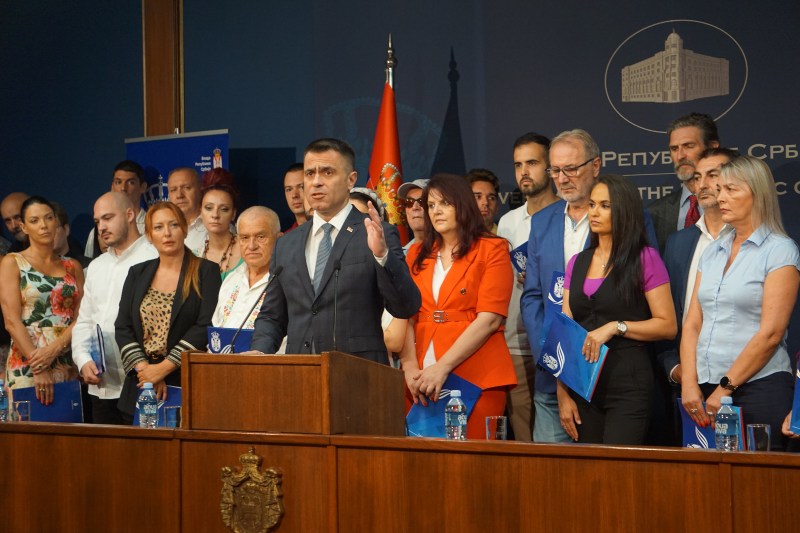 Belgrade, 9 July 2024
Belgrade, 9 July 2024Support for 104 associations in diaspora that preserve Serbian language, culture
-
 Belgrade, 15 April 2024
Belgrade, 15 April 2024Competition for StarTech grants open until 31 May
-
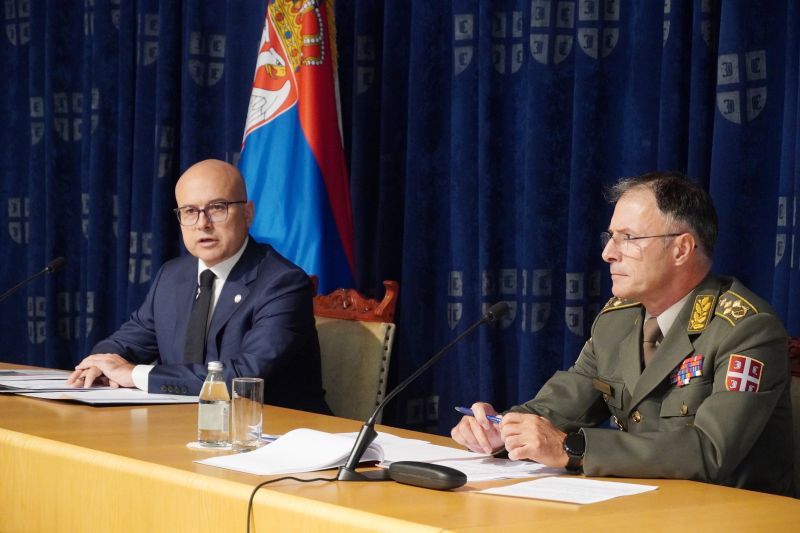 Belgrade, 2 October 2023
Belgrade, 2 October 2023Serbia respects Resolution 1244 and will do everything to preserve peace
-
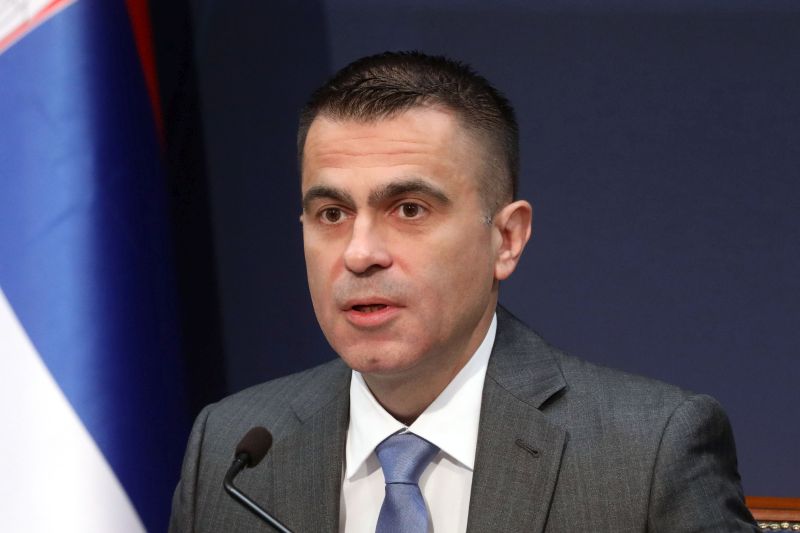 Belgrade, 13 September 2023
Belgrade, 13 September 2023Day of Serbian Unity to be celebrated outside borders of Serbia, Republika Srpska for the first time
-
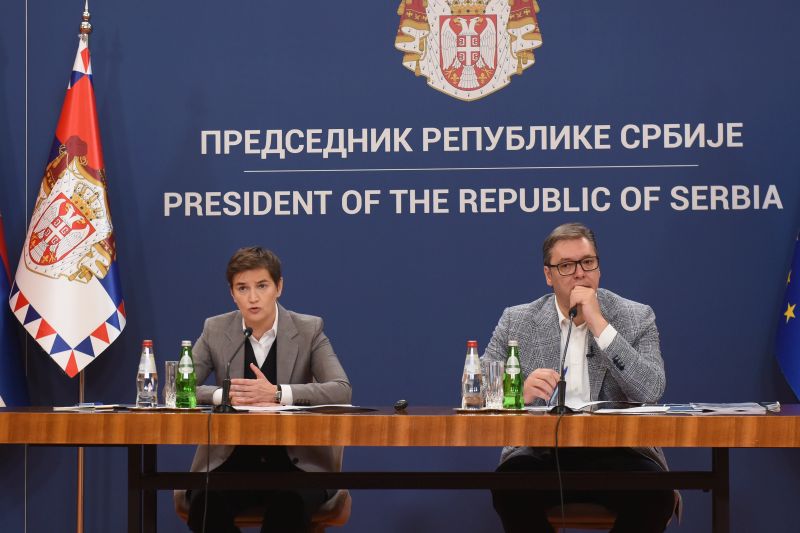 Belgrade, 8 August 2023
Belgrade, 8 August 2023RSD 24.2m in state aid paid out to citizens affected by storm
-
 Belgrade, 17 June 2023
Belgrade, 17 June 2023Belgrade is doing everything to preserve peace in Kosovo and Metohija
-
 Belgrade, 15 June 2023
Belgrade, 15 June 2023Slovenia will continue to support Serbia on its way to EU
-
 Belgrade, 5 May 2023
Belgrade, 5 May 2023Emergency measures, tightening of conditions for possessing weapons
-
 Belgrade, 3 May 2023
Belgrade, 3 May 2023Three days of mourning in Serbia over tragedy at Vladislav Ribnikar primary school

